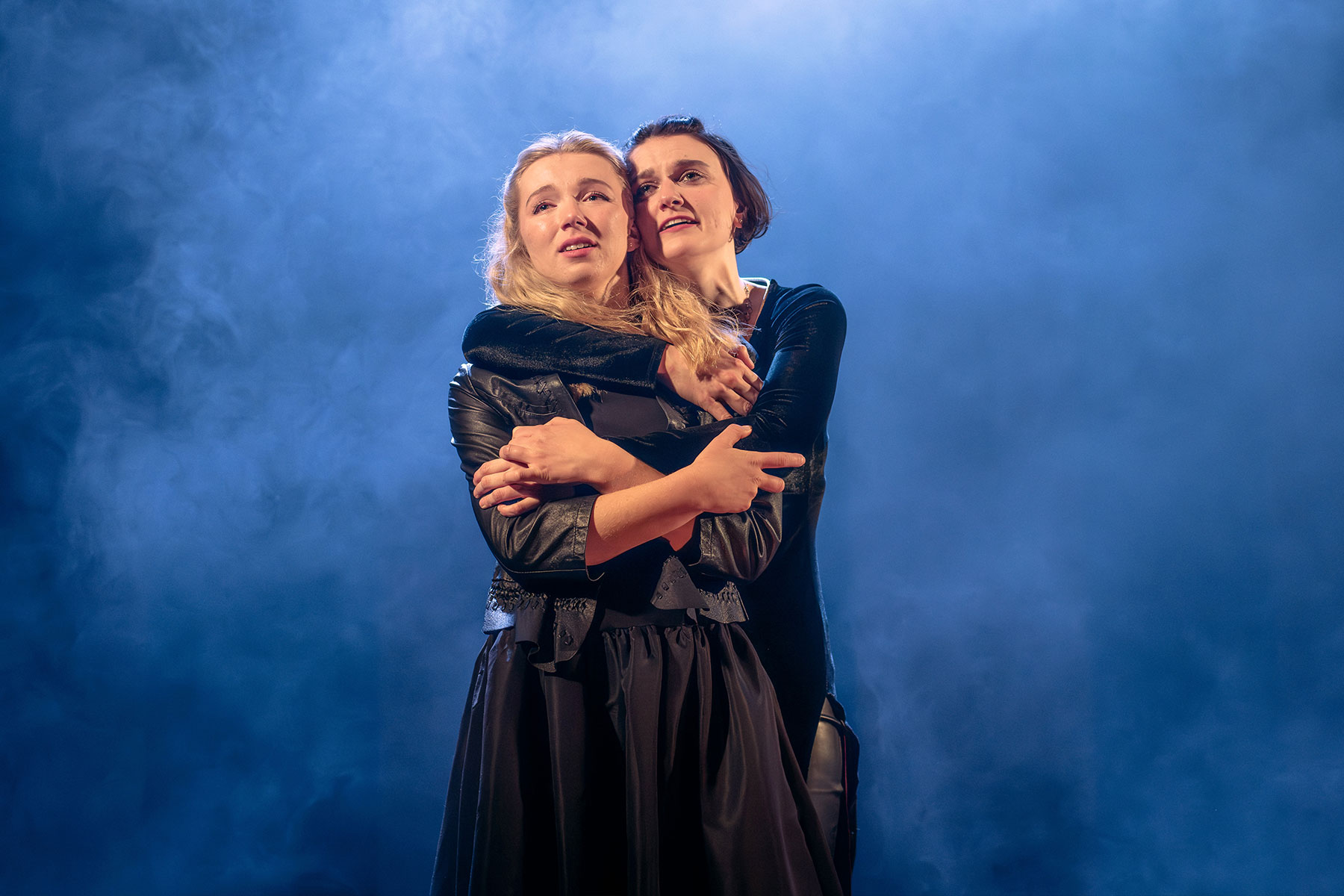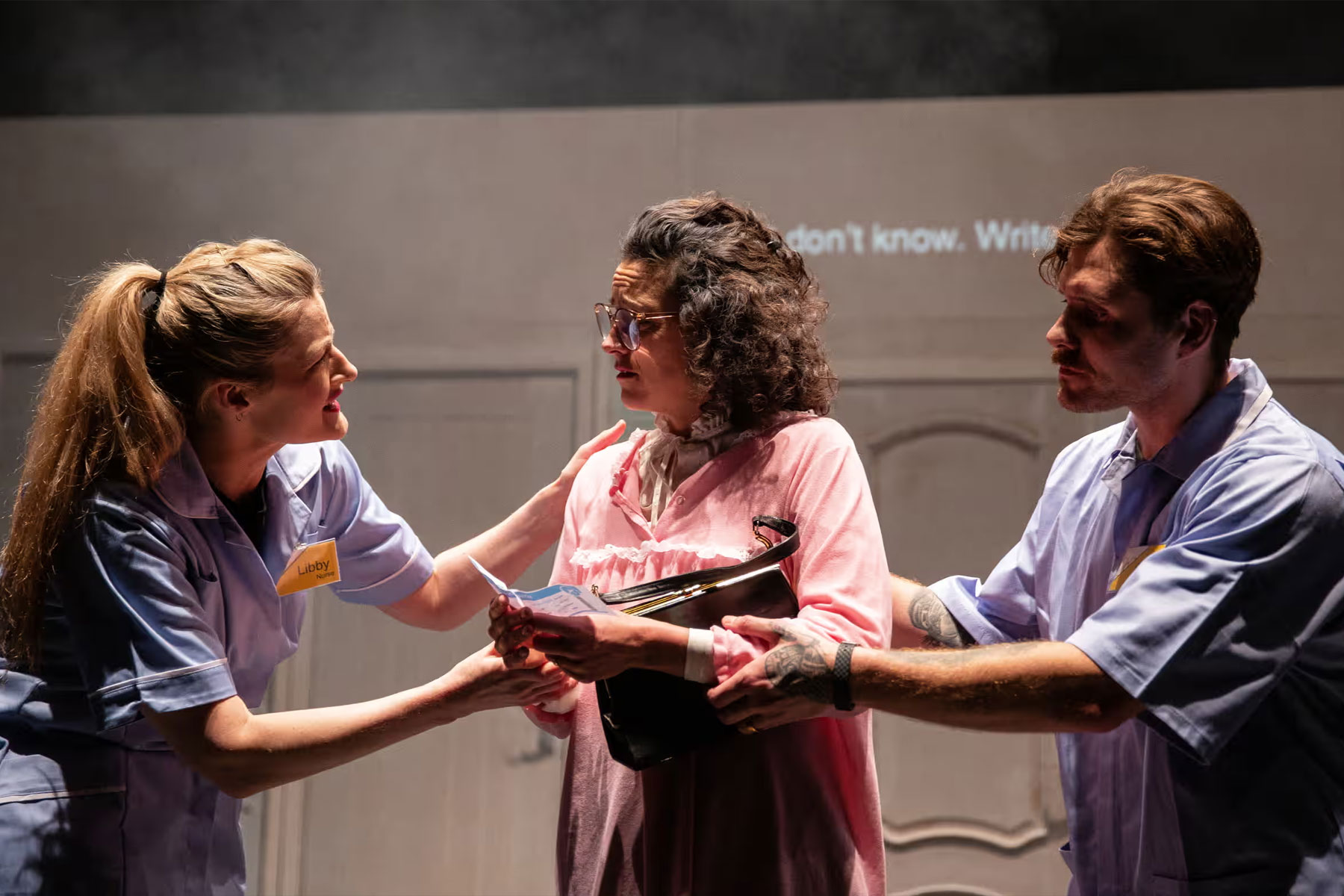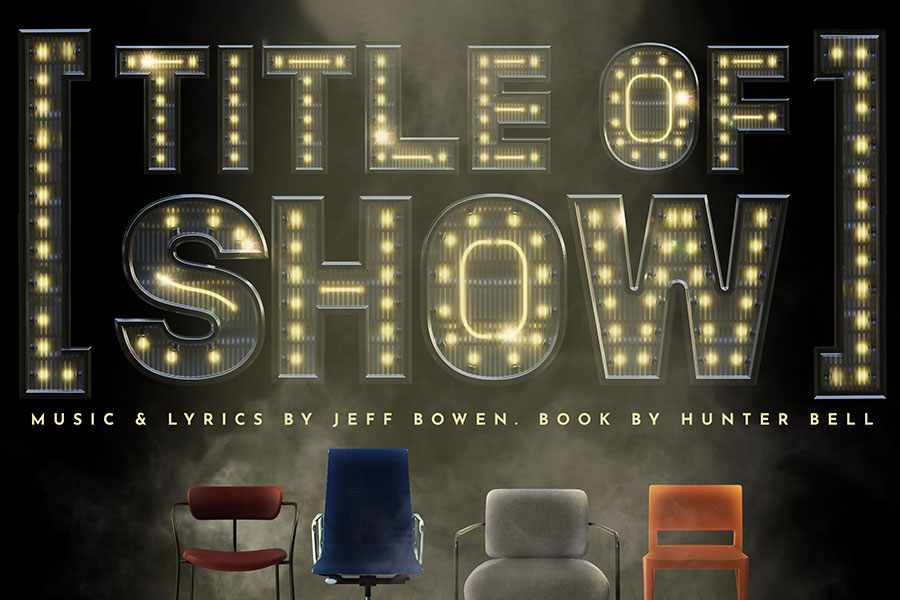Guest Blog: Richard Greenberg on becoming autodidactic and plays with plots not points

© South Coast Rep
A year after graduating from drama school, I became an autodidact. It was an emergency move and pretty much unavoidable. I’d been admitted to school based on the first play I’d ever written and had a production of a one-act that made a splash while in my last year. Right after that, I started struggling.
An education in writing is by no mean a useless thing, but it seems to operate on a time-release system. You resist and resent the things you learn as you’re learning them but salt them away so that years later you can make use of them. That first play that did well in New York had been my first assignment at school. Its success had nothing to do with anything I’d learned – I hadn’t learned anything – it was dumb luck. For neophyte playwrights, dumb luck tends to expire after a single shot.
I suppose I might have pulled back, got a job as a copy editor, and declined to work in the theatre again until I’d mastered my craft, as the saying goes, but who does that? Despite the couple of failures that followed that one success, I had the full apparatus of a professional life at my disposal – agents, producers, theatres all still willing to take me on. It was clear to me that my only choice was to figure out what the hell I was doing. Which is why I became an autodidact.
I had one correct insight to go on: I needed to write plays that, if they failed, the failure would be evident to everyone. This meant nothing abstract, nothing abstruse, nothing meta.
A common experience for people who, gently and in the spirit of remediation, point out to fledgling playwrights where their work has gone off the rails is to have those playwrights stare at them as though they were beneath serious consideration and, sighing heavily, say: “That’s the point.” The only response to this – and it’s invariably correct – is: “Well, the point sucks.” I knew that I had to spend a season writing the sorts of plays in which ‘that’ would never be ‘the point’. Plays with plots that were in evidence and people who had people-like traits.
The American Plan was the third or fourth play in this self-designed tutorial. Obviously, the kinds of plays I was writing were variant forms of realism – dramatic, comic, fantastical even, but still realism.
When, some 18 years after its original run, I revisited The American Plan for its first Broadway production, I saw that while I was very concerned that the plot and characters cohere, I was not so scrupulous as to what sub-species of realism I was working in. Is the play high comedy? Social drama? Melodrama? Fairy tale? A little of all, I think. I don’t know that I’d skitter so freely today, but I find I don’t mind it. I was young.
Aside from my ambitions as a student, the play was rooted in three images. One was the desire to see a specific thing happen in a hammock in the darkened woods.
Four-plus years ago when David Grindley informed me his production would have no hammock, it was a little death for me. I bounced back.
I also wanted to see a young woman in a particular sundress that had been popular in the 1950s and early 1960s. White, with shoulder straps and a skirt that swished poetically. After a certain amount of contention, we ended up with something along the lines.
The third image was the genitive one. When I was still quite young, I was briefly friends with a very young woman who died suddenly. Her mother invited a group of us over to her (the mother’s) apartment to share memories. I knew and liked the mother.
Hers was the sort of personality that was glibly described as eccentric, but the more accurate word was probably intricate. She welcomed us each very sweetly. We were people in our 20s, seated on the floor, trying for lightness.
We spoke of things like our dead friend’s penchant for steamed vegetables. In a chair sat a silent old woman. In my memory, her hands grasped a cane, but that may not have been the case. She was dressed in raven black; this was appropriate but no one else wore black. After the giddy reminiscences had gone a while, she spoke. She had a German accent. She was the grandmother, she told us, and she’d been listening to our stories about steamed vegetables and such, but would it be all right if she talked about the discovery of the body? As you wish, her daughter said quietly. And the grandmother went on at length about seeing her darling in the pool of blood.
As she talked, I watched her daughter listen. Her gaze was at the floor; her hands, fingers interlaced, were in her lap; but it was her mouth that fascinated me. It kept working as her mother spoke, forming shapes, and she seemed to draw in tight, shallow breaths, but somehow not of air. It occurred to me that she was trying to smother the words her mother was saying before they reached us. I wondered what these two women were and had been to each other and, eventually, I wrote this play.
First seen at the Ustinov Studio, Bath in March this year, David Grindley’s production of Richard Greenberg’s The American Plan is now running at London’s St James Theatre, where it opened on 2 July and continues until 10 August 2013.











